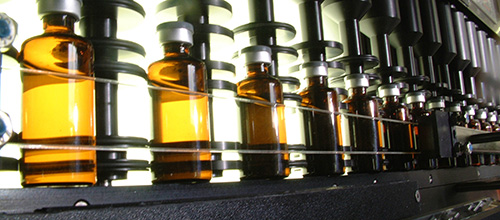FDA criticizes Manual Visual Inspection
Recommendation

Thursday, 12 February 2026 9 .00 - 17.00 h
In a recently published Form 483 issued as part of a FDA inspection conducted at an Indian aseptic manufacturer, the FDA criticized, among other things, the manual visual inspection process.
The inspection reviewed the SOP used to qualify and requalify manual visual inspection personnel. The FDA inspector randomly selected a qualified employee and had the employee visually inspect the test kit provided for employee qualification. However, the randomly selected employee failed the inspection, i.e., he/she failed to meet the requirements stated in the SOP, e.g., for detection rates of critical defects.
In addition, the inspector noticed that with a version change of the SOP of manual visual inspection, the categorization of a certain type of particle had been changed from 'critical' to 'major'. The manufacturer did this without scientific justification.
Furthermore, an OOS had occurred in the test point 'particulate matter' after 183 days in a stability study. But the OOS result was declared invalid. The reasons given were: lack of cleanliness of test tubes, aluminum foil, and the test environment. However, since no cleaning of tubes or environment is described or would have been performed on other samples, the FDA disagrees with the rationale.
Another finding of the inspection concerns the media fill. The SOP describing the media fill requires documented justification when obviously leaking containers are discarded prior to incubation, such as missing stoppers or broken glass. However, in the media fill that was supposed to show 'commercial readiness', containers were sorted out without stating the reason for the leak.
Please alsoe see the entire Form 483 issued to Liva Pharmaceuticals, available on the FDA website.




